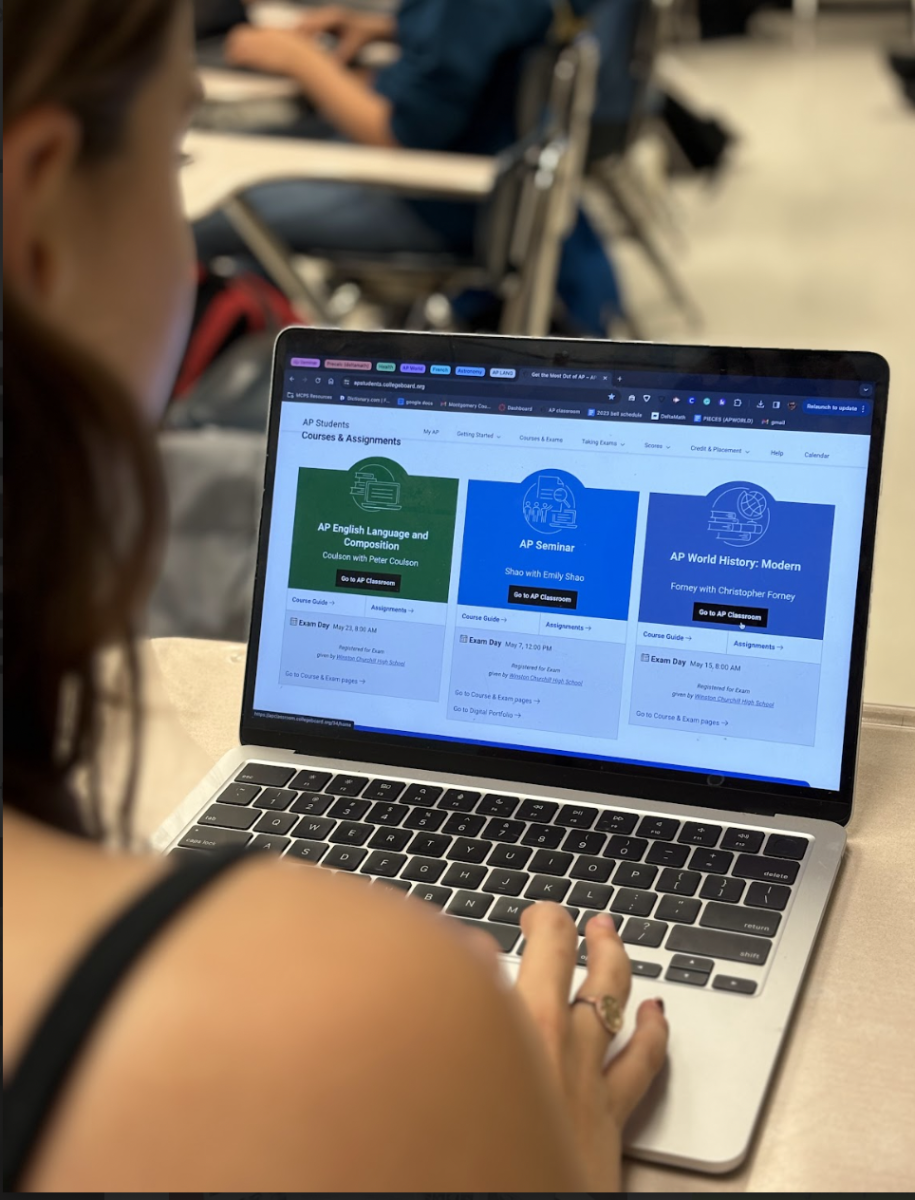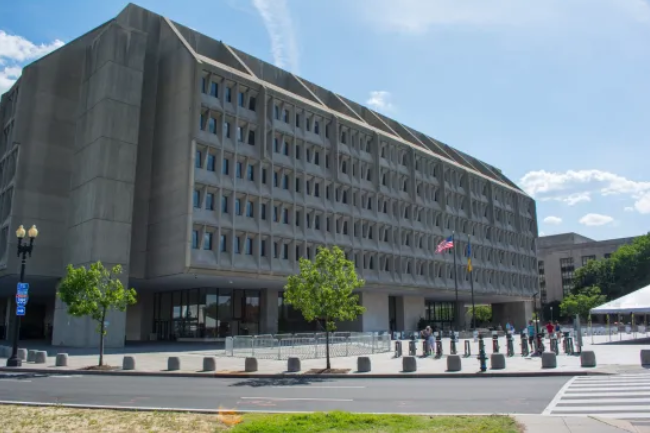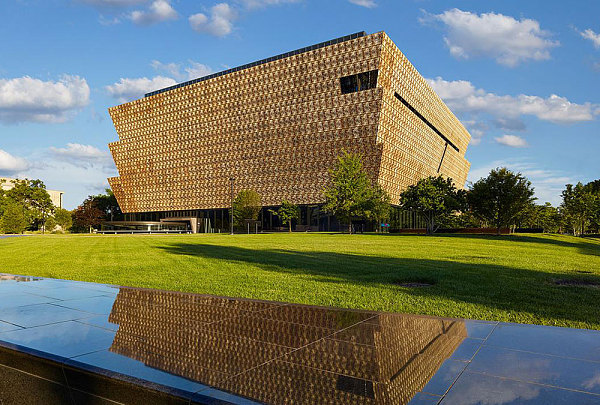By now, the news has spread through WCHS: this year’s AP exams are free. The 2024 MCPS fiscal year operating budget now includes a provision covering the cost of AP testing for students and their families. This monumental change comes with a slew of other updates to the college and career readiness standards in MCPS as a result of the state law passed in 2021, “Blueprint for Maryland’s Future”, Md. Code, Educ. §5-401.
The Blueprint was passed to “transform public education in the state into a world-class education system” and will increase education funding by $3.8 billion each year over the next 10 years. In order to systematically achieve this lofty goal, the Blueprint was divided into five pillars: Early Childhood Education, High Quality and Diverse Teachers and Leaders, College and Career Readiness, More Resources for Students to be Successful and Governance and Accountability.
“MCPS is offering free AP’s because the Maryland [State] Department of Education has created the Blueprint for Maryland’s future for all public schools to have all students be college and career-ready in Maryland,” WCHS Assistant Principal John Haas said. “Part of the Blueprint is to offer free pathways for post-college and career, which includes Advanced Placement testing, International Baccalaureate testing and Dual Enrollment access at Montgomery College.”
In alignment with the Blueprint, MCPS has decided to make all exams free this year with the expectation that students will take most, if not all, of the AP exams for the courses they are enrolled in. MCPS will not, however, pay for AP tests for courses in which students are not enrolled. The impact of this decision is already evident throughout WCHS as students decide which AP exams they will be taking.
“AP exams being free is a huge incentive for students to not only take the exams but also study and do well on them,” WCHS junior Julia Bloise said. “As a junior taking multiple AP classes, I wasn’t sure if I was going to take all of the exams because if I wasn’t going to study as hard for all of them, it wouldn’t have been worth it to pay to take them. Because we no longer have to pay for them, I might as well take all of my exams, which will likely make me study more for all of them.”
Another aspect of public education undergoing adaptation to align with the new standards is the dual enrollment program. Moreover, as a direct result of the Blueprint, students will no longer have to pay for their community college dual enrollment fall and spring semester courses.
“Dual enrollment is a partnership between Montgomery College and MCPS where high schoolers have the opportunity to take college courses while they’re in high school,” WCHS Dual Enrollment Program Assistant Rhonda Applebaum said. “In some cases students are just taking them for college credit, [while in others] there are other students who are fully immersed in early college where they get high school credit, so they get a high school diploma but they also get an associates degree when they graduate from high school.”
In contrast to AP exams, which MCPS chose to fund to comply with the Blueprint standards, the new law states that a “public institution of higher education may not charge tuition to a dually enrolled student.” In addition, MCPS is now offering free transportation for all dually enrolled students to make it a more accessible opportunity for all students.
“The free tuition was a major influence on why I chose to pursue the early college program,” WCHS junior and dual enrollment student Isabella Phelps said. “I just wanted to be able to get ahead and get my degrees as soon as possible. I’m really glad I chose to do the program and although it’s hard work, I’m a lot happier.”
The changes to the dual enrollment program not only make it a more appealing program, but also allow all students to have equal opportunities for higher learning and career readiness as per the standards set by the Blueprint.
“For some students and families it’s a cost savings that they really need for college,” Applebaum said. “So for some students, if they can come out of high school with an associates degree, that would save their family a lot of money. I think now that [dual enrollment] is free for other students who just want that extra challenge or want to take up other things, the program is more appealing to them.”
These are just two changes resulting from the Blueprint, and both the state and county continue conducting research and studies to provide the best possible education system possible. In addition to the actions for the College and Career readiness pillar that have been implemented,others will continue to be developed in the coming years.
“The Blueprint for Maryland’s future is about preparing all high school graduates with the skills necessary to be successful after high school,” Haas said. “Most students will graduate and go on to college, but there are MCPS students who look towards a career but may continue education at a later date. Giving students an opportunity for college level courses [such as] AP courses [and dual enrollment] allows them access and potential success in order to motivate them to go onto higher education.”









